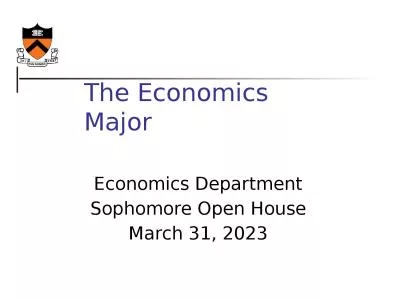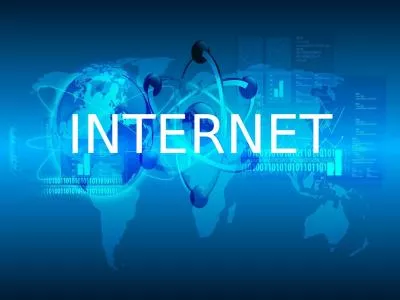PPT-Internet CyberCrime Economics
Author : alexa-scheidler | Published Date : 2019-06-21
Vyas Sekar 1 Why study Internet cybercrime Understand structure of attack ecosystem Potential weaknesses How many organizations involved How easy is to stop How
Presentation Embed Code
Download Presentation
Download Presentation The PPT/PDF document "Internet CyberCrime Economics" is the property of its rightful owner. Permission is granted to download and print the materials on this website for personal, non-commercial use only, and to display it on your personal computer provided you do not modify the materials and that you retain all copyright notices contained in the materials. By downloading content from our website, you accept the terms of this agreement.
Internet CyberCrime Economics: Transcript
Download Rules Of Document
"Internet CyberCrime Economics"The content belongs to its owner. You may download and print it for personal use, without modification, and keep all copyright notices. By downloading, you agree to these terms.
Related Documents

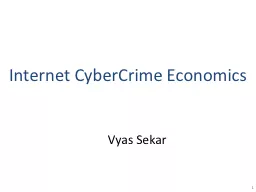
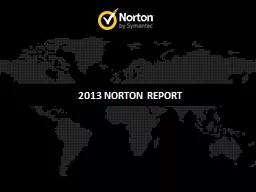

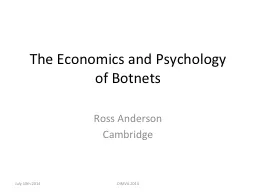
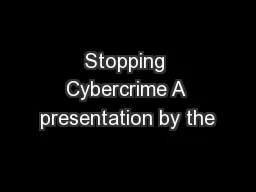
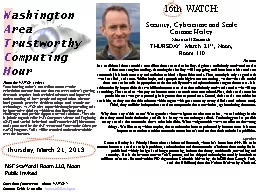

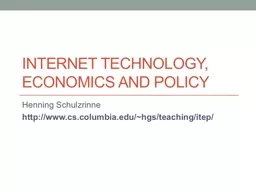

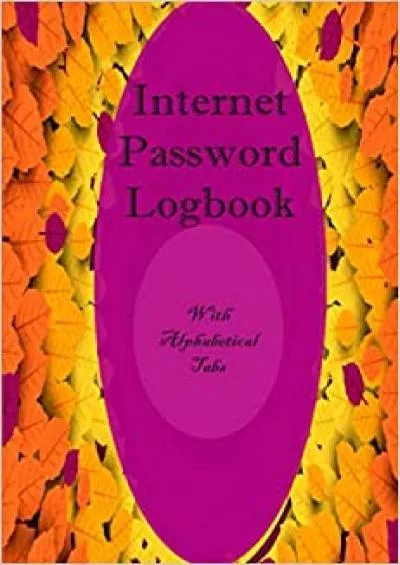
![[READING BOOK]-Cybercrime and the Darknet: Revealing the hidden underworld of the internet](https://thumbs.docslides.com/986697/reading-book-cybercrime-and-the-darknet-revealing-the-hidden-underworld-of-the-internet.jpg)
